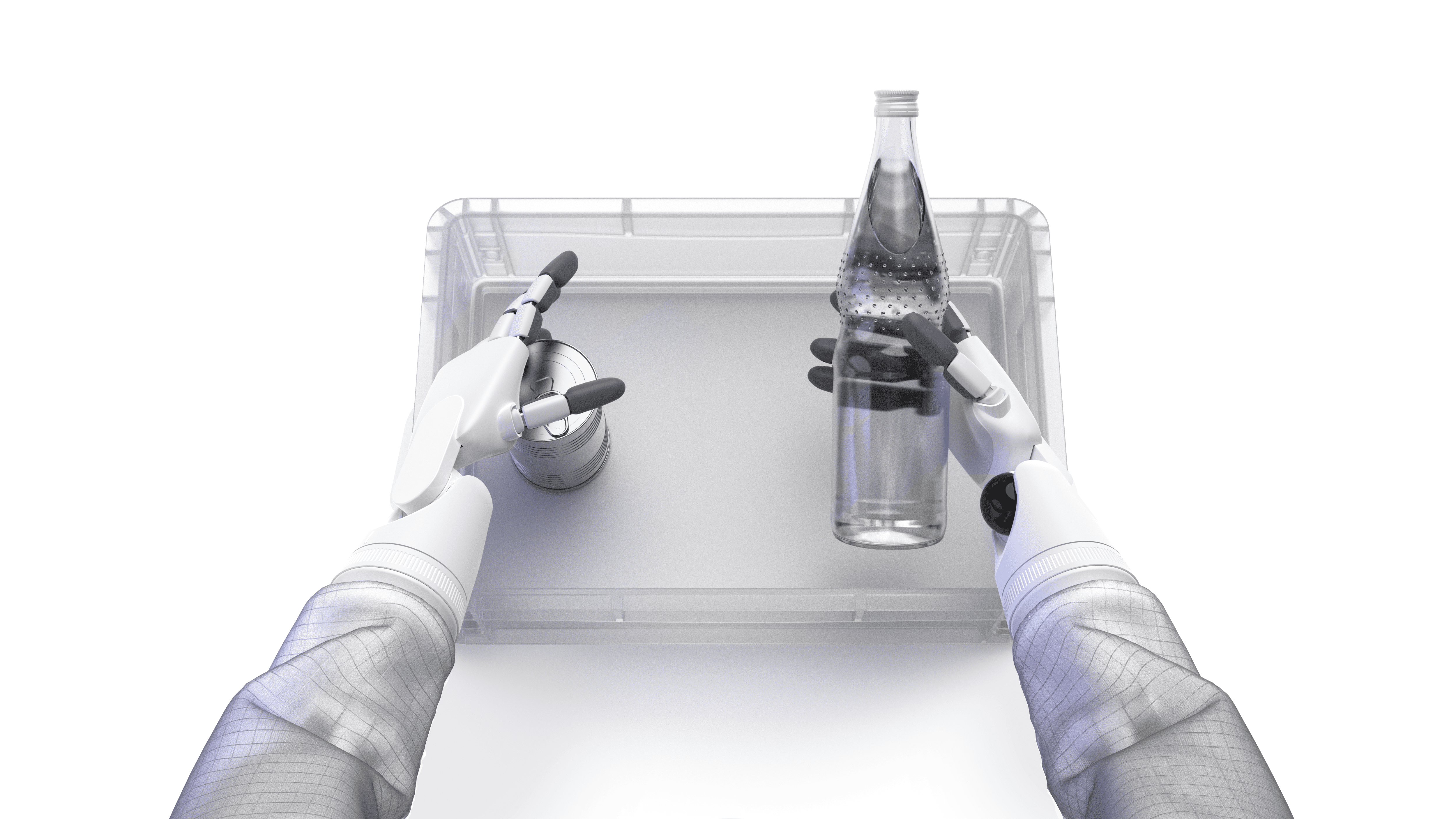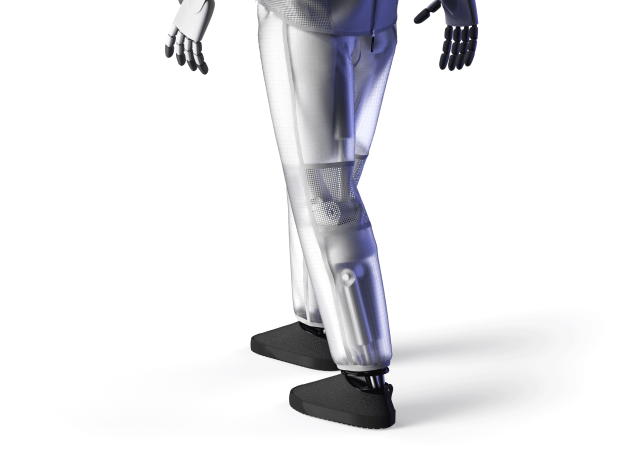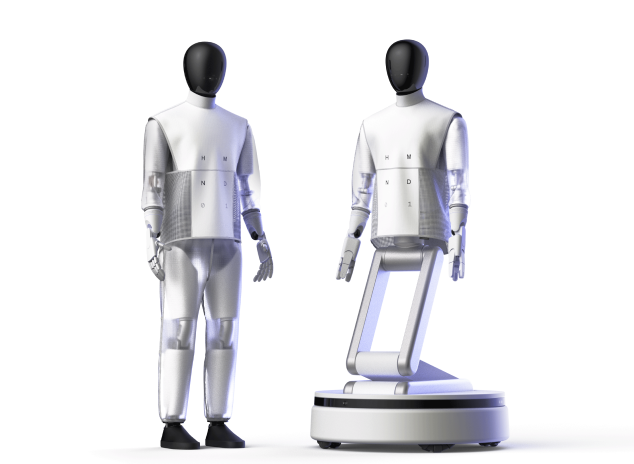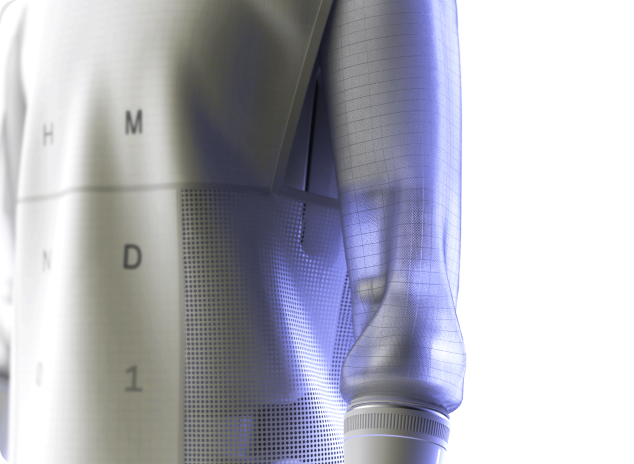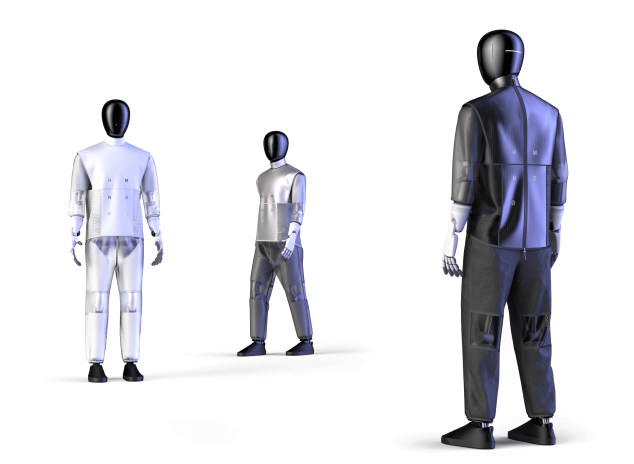
SHAPING TOMORROW
Our visionary path towards
a future where robots amplify human potential
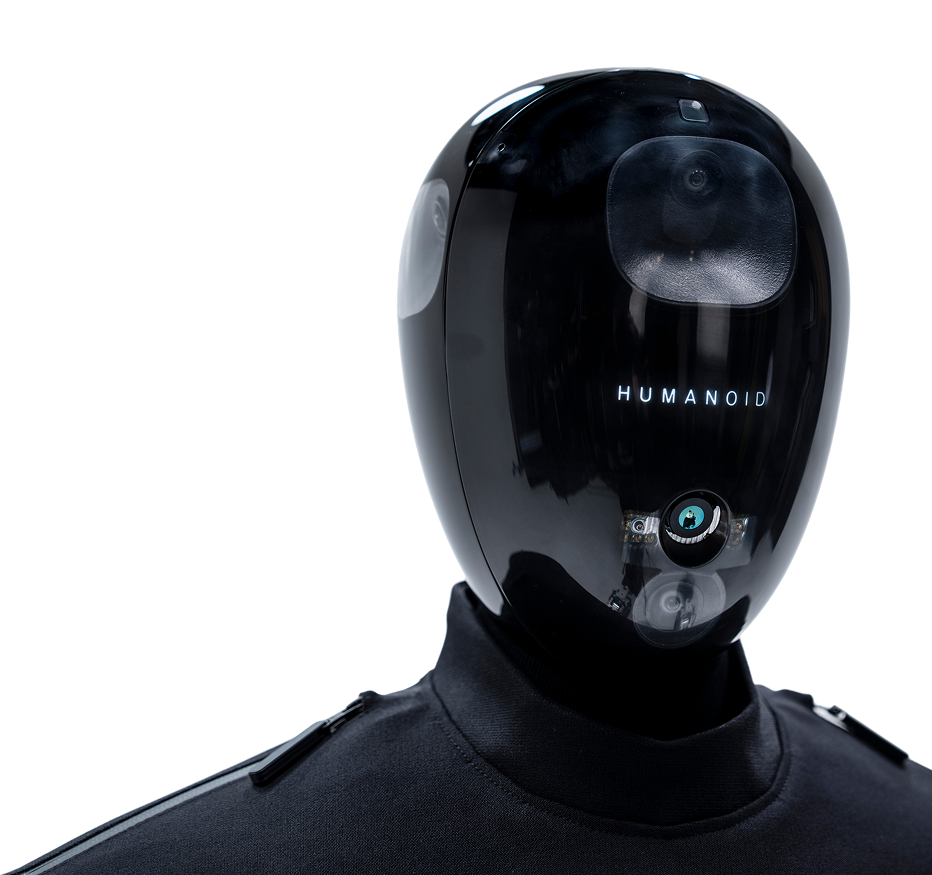
SHAPING TOMORROW
Our visionary path towards
a future where robots amplify human potential.
SHAPING TOMORROW
Our visionary path towards a future where robots amplify human potential
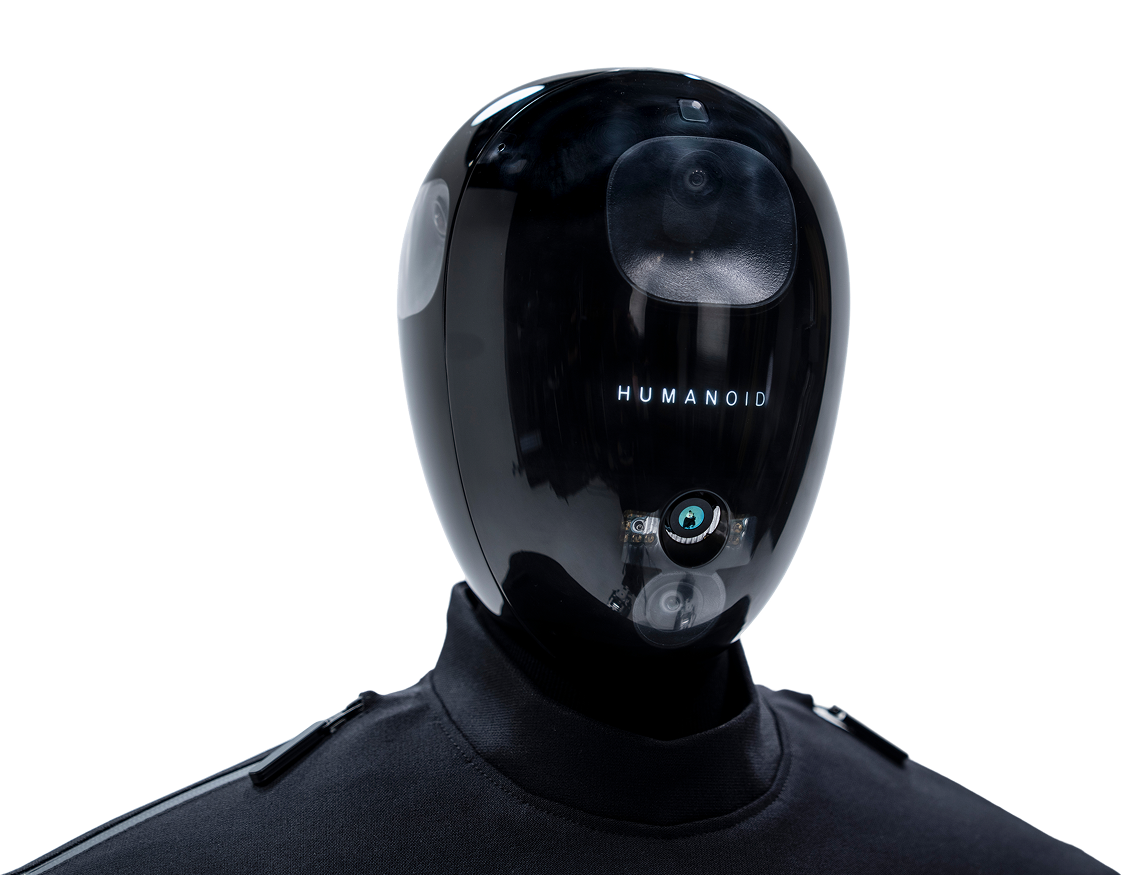
OUR MISSION
Empowering humanity by building
the most reliable, safe, and helpful humanoid robots
Our Story

What inspired Humanoid Founder Artem Sokolov to build a different kind of robotics company?
From a young age, Humanoid founder Artem Sokolov observed the repetitive and monotonous work of his grandparents, who worked their entire lives in jewellery production. Even as a child, he found these working conditions unfair. Years later, millions of similar jobs still exist. Artem believes that robots can free people from routine and repetitive tasks, allowing them to engage in more creative and meaningful work. These beliefs inspired him to focus on developing humanoid robots to improve working conditions, transform economies, and empower individuals.
The Challenge
The global workforce is decreasing, ageing and moving away from undesirable, unsafe, and repetitive tasks
The global workforce is facing an unprecedented crisis: across developed nations, millions of essential jobs remain unfilled, with the U.S. alone experiencing a gap of two million workers and Europe facing a similar shortfall. This shortage particularly impacts critical sectors such as warehousing, manufacturing, retail, and transportation, where roles demand physical mobility and dexterity that exceed the capabilities of current automation technologies.
This challenge is amplified by demographic shifts, as birth rates decline and populations age rapidly across developed countries. According to WHO projections, the working-age population is expected to shrink from 65% to 58% of the global population by 2050. To sustain productivity and economic growth, industries must adopt innovative solutions.
The Opportunity
According to Goldman Sachs, the total addressable market for humanoid robots is projected to reach $38 billion globally by 2035 and $1T by 2050, driven by acute labor shortages and demographic pressures across developed economies.
The potential of humanoid robots is enormous, and we identify three significant business opportunities for in the long run
2027 — Physical tasks
Robots will transform manual work in manufacturing, warehousing, logistics, and retail, tackling repetitive, dangerous, and tedious tasks.
2029 – Service
Services will comprise 70-80% of the global economy, with 1.4B people over the age of 60. Humanoid robots will play a critical role in the service sector workforce.
2031 – Households
From 2031 onwards, robots will revolutionize everyday life across 3.5 billion households, efficiently managing routine chores as assistants and providing comprehensive home care as companions.
Why Now?
Despite a longstanding interest in humanoid robots, technical limitations and high costs have historically confined their practical applications to experimental and promotional efforts. Today, converging advancements in robotics and artificial intelligence are creating a transformative moment. Rapidly improving hardware and AI capabilities are enabling the development of machines that can think, move, and interact with unprecedented human-like precision.
In the near future, humanoid robots will not only address critical global labor shortages but also enhance human well-being by taking on dangerous, repetitive, or complex tasks across various sectors. This technological evolution represents more than incremental progress—it signals a fundamental reimagining of work, productivity, and human-machine collaboration.
The Robotics ChatGPT Moment: A Paradigm Shift
Generative AI and large language models (LLMs) have significantly advanced the robotics field, revolutionizing the way physical machines acquire knowledge and skills (“learn”). Specifically, multi-modal models (MMM) are driving innovation in robotics.
Intelligent Learning through Observation and Imitation
Coupled with increasing computing power, AI advancements enable robots to observe and imitate behaviors in both the physical and virtual worlds, connected through natural language and iterated in data centers.
Collective Intelligence: The Cybernetic Learning Frontier
Emerging cybernetic collective learning, where robots share knowledge through neural networks and cloud platforms, accelerates collective intelligence, driving rapid and exponential advancements in technological understanding.
Demographic Shifts and Labor Shortages Propel Robotics Adoption
Labour shortage and demographic trends increase the commercial relevance and paths of robotics adoption (and economic payback period) across a broad range of industries.
The Solution
We proudly bear the name Humanoid, reflecting our belief that general-purpose humanoid robots are the optimal path forward. This conviction stems from a fundamental insight: the world is already designed for humans, making it naturally suited for humanoids. Moreover, because they have a similar body shape to ours, we have more data to train them compared to other types of robots.
The human form offers unparalleled versatility, mirroring our ability to perform countless tasks using hands, tools, and intricate movements. Unlike specialized robotic systems—such as 6-axis industrial robots or collaborative robots—humanoid robots can adapt to complex, nuanced tasks that demand advanced dexterity and cognitive flexibility. Where traditional robots require significant workspace redesign and investment, humanoid robots effortlessly integrate into existing environments.
Key Advantages of Humanoid Robots
- Seamless integration into human-designed environments.
- Modular form factor enabling multi-task performance.
- Compatibility with existing tools and automation solutions.
- Ability to automate medium to high-precision tasks beyond industrial robot limitations.
- Exceptional adaptability and easy task repurposing.
- Inherent safety design prioritizing human-robot interaction.
Our Approach
We strategically focus on labor-intensive operations that current automation technologies cannot effectively address by developing a general-purpose humanoid robot. In industrial settings, tasks like pick-and-place, assembly with simple tools, and visual inspections represent the most common yet challenging operations. Despite technological advancements, existing automation solutions still require substantial human intervention for repetitive tasks.
The scale of opportunity is significant: only 20% of material moving operations are currently automated within the $90 trillion global industry. Our initial focus sectors — retail, e-commerce, third-party logistics (3PL), manufacturing, and automotive — represent a massive workforce of 250 million workers and $12 trillion in annual payroll. By introducing humanoid robots capable of seamlessly performing these critical tasks, we aim to revolutionize industrial productivity and efficiency.
How can we achieve this? Our team is dedicated to developing groundbreaking technologies and building the essential capabilities needed to create the world’s most advanced, reliable, commercially scalable, and safe humanoid robots.
BUILDING BEST-IN-CLASS TEAM OF INNOVATORS
Learn more about our core values, current team and open positions here
